Mobile SoC Selection in the First Half of 2017
During the purchase of Android phones, especially domestic Android phones, everyone must have heard the terms “Nine Dragons 821â€, “MediaTek X25â€, “True Eight Cores†and “True Ten Coresâ€, but in these trade names, Behind the slogan, the majority of consumers can not directly see the performance of a SoC based on the name, which makes many mobile phone manufacturers, especially mobile phone manufacturers favored offline to find a way out. The purpose of this article is to expose the communicative language of these vendors, and bring everyone a systematic understanding of mainstream SoCs in the first half of 2017, and give suggestions for pricing and demand.
The importance of SoCSoC is an abbreviation of English System-on-a-Chip. For mobile phones, it mainly includes CPU, GPU, memory controller, baseband, DSP, ISP and other modules. From the modules it contains, it can be seen that most of the functionality of a mobile phone is controlled by the SoC, and its importance is self-evident.
The point of selecting the SoCAlthough the SoC contains a large number of modules, the closest relationship with the consumer is also the first thing the consumer can understand, than the CPU and GPU. But in addition to this, another very important, but often overlooked, important area is the SoC process.
The process directly determines the power consumption of the SoC and indirectly affects the heat and performance of a mobile phone. The Xiaolong 810, which was shouted by people more than a year ago, was inferior to 808 or even the previous generation 801 in many application scenarios. This was caused by the selection of TSMC's 20nm process that was insufficient to support the 810's powerful performance. Therefore, the influence of the "invisible man" in the process should not be underestimated.
In addition, for high-end SoCs, support for memory specifications and flash memory specifications is also a consideration. For example, MediaTek's "high-end" SoC X25 does not support the LPDDR4 memory specification and UFS 2.0 flash memory specification, which greatly affects Its performance is played. Of course, if you choose a low-end model, these two specifications are LPDDR3 and eMMC 5.1, it does not have to be considered.
High-end SoC choiceIn this node in the first half of 2017, we removed Xiaolong 835 which had not been officially shipped. We could choose Xiaolong 820/821, Kirin 950/955/960 and Samsung Exynos 8890. As for MediaTek X25... As mentioned above The reason is hard to believe that it belongs to the high end.
CPUIn the CPU part, except that the quad-core architecture of the Snapdragon 820/821 results in slightly worse multi-core performance, the performance of several other SoCs is almost the same. Therefore, the CPU part can be said to not influence the selection.
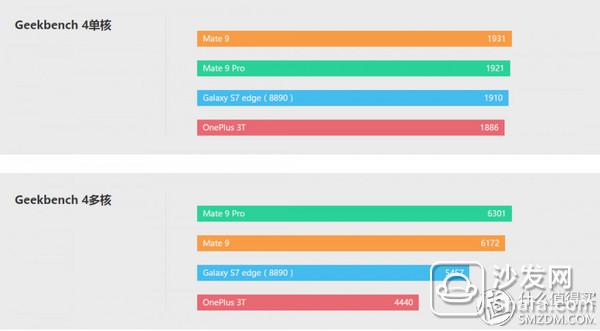
In the GPU segment, the Snapdragon 821/820 can be described as a smash hit, and GFXBench ranks directly in the slaughter. The performance of the Adreno 530 is about 1.2 times that of the 12-core Mail-T880 of the Exynos 8890, and about 1.4 times of the 8-core Mail-G71 of the Kirin 960. As for the 4-core Mail-T880 of the Unicorn 955/950, we are still changing the topic. It has only about one-third of the performance of the Adreno 530, just like the mid-range Snapdragon 650/652/653 and MediaTek X25/X20 GPUs.

After experiencing the tragedy of the Snapdragon 810, various manufacturers did not have any problems with the processes used on high-end chips. Xiaolong 820/821 and Exynos 8890 were Samsung's 14nm process, and Kirin 950/955/960 also TSMC's 16nm FinFET+ process, which is not too backward, is used. At this point, buyers also do not need to consider.
Network formatOn this point, Xiaolong and Qilin are all supported by China Netcom, while Samsung Exynos does not support telecom CDMA. This is why Samsung chose the Opteron processor on S7/Note7 in mainland China.
in conclusion The conclusion of the high-end SoC market is very simple. If you do not purchase Huawei/Glory mobile phones, then you can choose Xiaolong 821/820. If you are purchasing a Huawei/Glory mobile phone, you can choose Kirin 950/955 without playing the game. Otherwise, you must choose Kirin 960.
Unlike high-end SoCs that were dominated by Snapdragon 820/821, the selection of mid-range SoCs varied. Various manufacturers have stacked a large number of products in this area, Qualcomm has Xiaolong 650/652/653, Xiaolong 625/626, MediaTek has X25/X20, P20, P10, Huawei has unicorn 650/655, Xiaomi has 澎湃S1 . They have their own characteristics, some powerful performance, some high energy consumption ratio. This paragraph is also the focus of this article.
In the CPU part, the Snapdragon 650/652/653 is a big core because it uses the Cortex-A72, so the performance is very strong. The single core is not lost to the high-end CPU. Among these three, 652/653 is 4xA72+4xA53. The 650 is a 2xA72+4xA53, but due to process reasons, the 652/653 mobile phones mostly shield two large cores, so their actual performance is not much different.
MediaTek X25/X20 is the high-end processor in MediaTek's mind, giving it a ten-core architecture with 2xA72+4xA53+4xA53, which is very powerful in theory, but due to the scheduling mechanism and power consumption problems, its actual performance and performance Dragon 650/652/653 is not that different.
Other chips all use the 8xA53 architecture, which is a huge difference from the previous two. The single-core performance is about half that of the A72. Although there is not much difference in the multi-core theory, due to the large number of cores, it is still limited by the scheduling mechanism. The actual performance and the Xiaolong 650/652/653, MediaTek X25/X20 The gap is still huge.
GPUIn terms of GPUs, the Adreno 510 used in the Xiaolong 650/652/653, the 4-core Mali-T880 used in MediaTek X25/X20, and the 4-core Mail-T860 used in the Xiaomi S1 are in the first echelon, and they perform well in the mid-range SoC. There is no problem with running most large games.
MediaTek P20 dual-core Mali-T880, performance, as its name indicates, performance is only a little more than half of the 4-core Mali-T880, Xiaolong 625/626 Adreno 506 performance is also at the same level. The P10 dual-core Mali-T860 and Unicorn 650/655 dual-core Mali-T830 are 10% to 20% weaker than their performance.

Process
Unlike high-end SoCs, midrange SoCs vary widely in their processes. Xiaolong 650/652/653, MediaTek P10 and Xiaomi Sheng1 have all adopted the 28nm HPm process. They are not very good in terms of power consumption and heat generation, especially 652/653, because the cause of heat must be locked. .
MediaTek X25/X20 uses a 20nm HPm process, which is less than 28nm, but it is still difficult to control its terrible ten cores, and the heat is still serious.
The Xiaolong 625/626, MediaTek P20, and Kirin 650/655 adopt the 14nm or 16nm technology, which reduces the heat generation and is also conducive to battery life.
Network format In terms of network standards, except Xiaomi S1, all support Netcom. While millet S1 only officially supports mobile 2/3/4G, Unicom 3/4G needs to be cracked before it can be used.
Compared with high-end SoCs, the low-end and mid-end markets are obviously much more complex. Low-end and mid-end SoCs cannot be as comprehensive as high-end SoCs, and they are bound to have their own strengths. Therefore, consumers must choose according to their own needs.
As a main machine to use: If you are shy, want to buy a mobile phone of about 1,000 yuan when the main machine to use, my advice is not to consider the process, power consumption, direct performance on the strongest. If you want to take into account certain large-scale games, Nine Dragons 650/652/653 is the best choice, you can bring about similar to the previous generation flagship (Snapdragon 810) level experience; If you do not like to play large games, MediaTek X25/ The X20 can also be an alternative.
Xiaolong 650/652/653 on behalf of the model:

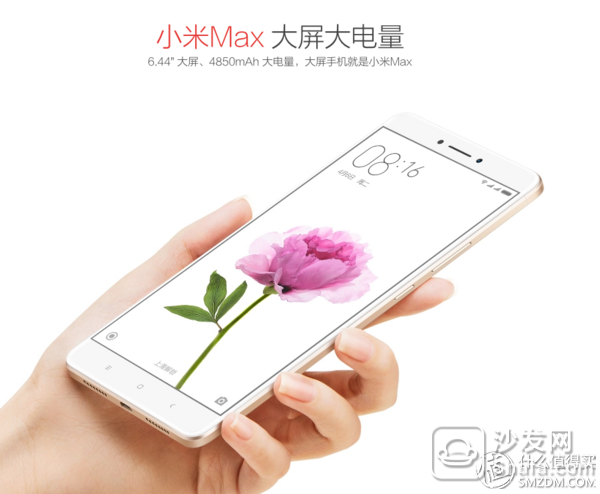
MediaTek X20/X25 on behalf of the model:

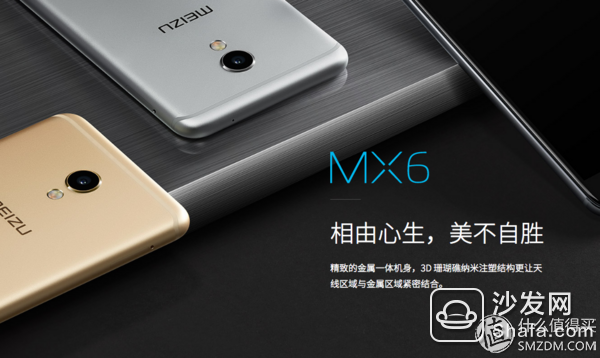
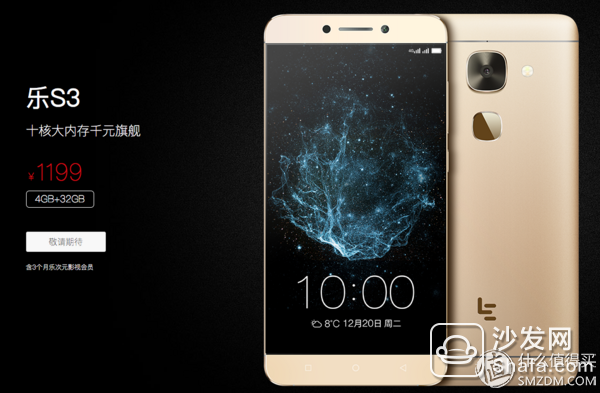
Used as a backup machine: If you already have a powerful main machine on hand, buy a mobile phone of about 1,000 yuan just to open a hotspot and make a backup machine. Your choice should focus on power consumption and heat output. It is not the most critical factor. The main interface and the applet can be kept smooth. Under this demand, Xiaolong 625/626 is the best choice, its GPU performance is not too weak, power consumption is low, as a backup machine is very suitable. The MediaTek P20, although theoretically not losing 625 in all aspects, even slightly better in memory support, but now only a charm Blue X machine use, and therefore still not recommended.
Xiao Long 625 represents the model:
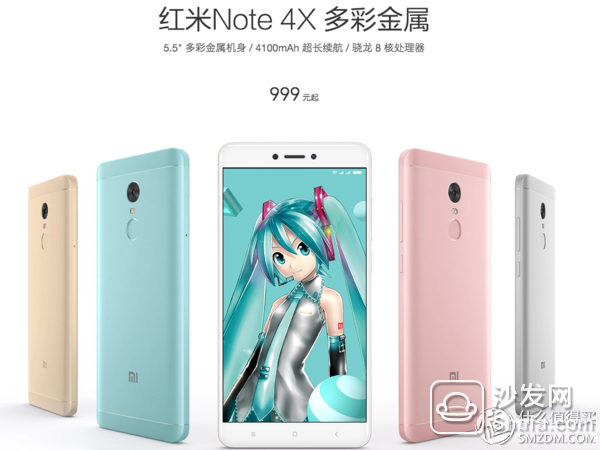
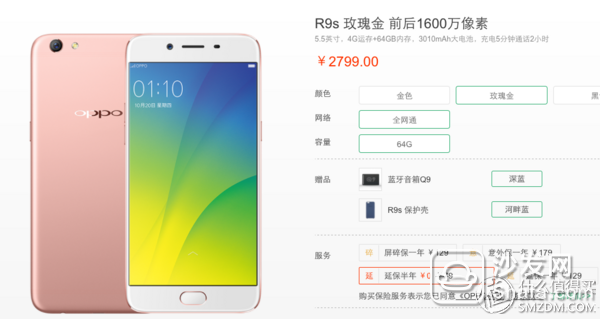
600puffs Disposable
ZGAR electronic cigarette uses high-tech R&D, food grade disposable pod device and high-quality raw material. All package designs are Original IP. Our designer team is from Hong Kong. We have very high requirements for product quality, flavors taste and packaging design. The E-liquid is imported, materials are food grade, and assembly plant is medical-grade dust-free workshops.
Our products include disposable e-cigarettes, rechargeable e-cigarettes, rechargreable disposable vape pen, and various of flavors of cigarette cartridges. From 600puffs to 5000puffs, ZGAR bar Disposable offer high-tech R&D, E-cigarette improves battery capacity, We offer various of flavors and support customization. And printing designs can be customized. We have our own professional team and competitive quotations for any OEM or ODM works.
We supply OEM rechargeable disposable vape pen,OEM disposable electronic cigarette,ODM disposable vape pen,ODM disposable electronic cigarette,OEM/ODM vape pen e-cigarette,OEM/ODM atomizer device.

Disposable Vape, bar 600puffs, ZGAR bar disposable, Disposable E-cigarette, OEM/ODM disposable vape pen atomizer Device E-cig
Shenzhen WeiKa Technology Co.,Ltd. , https://www.szvape-pen.com